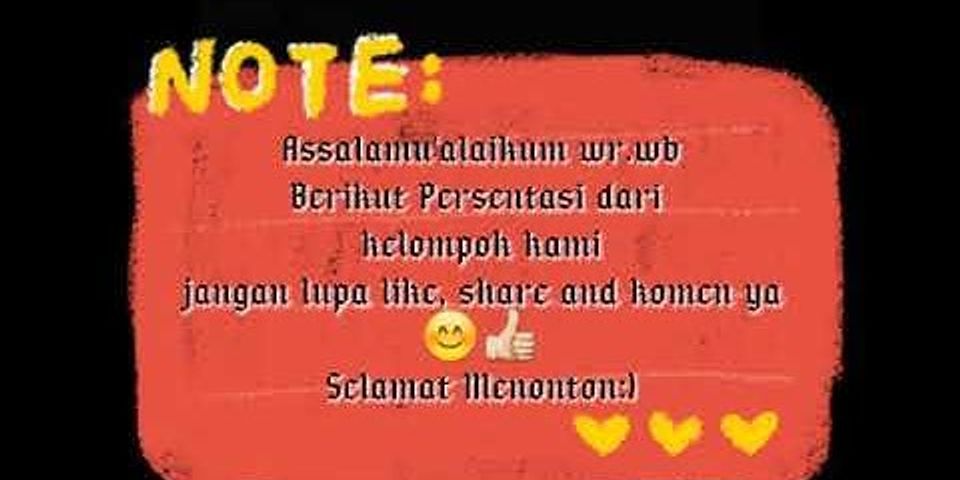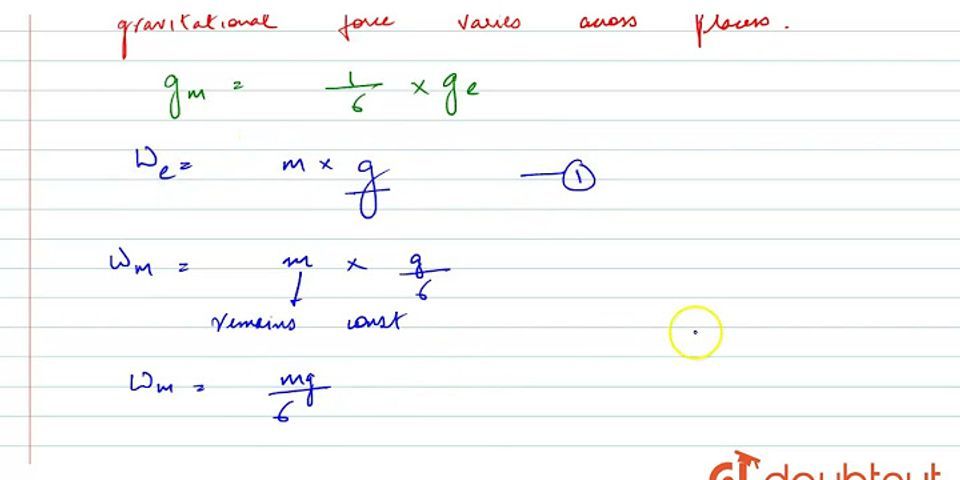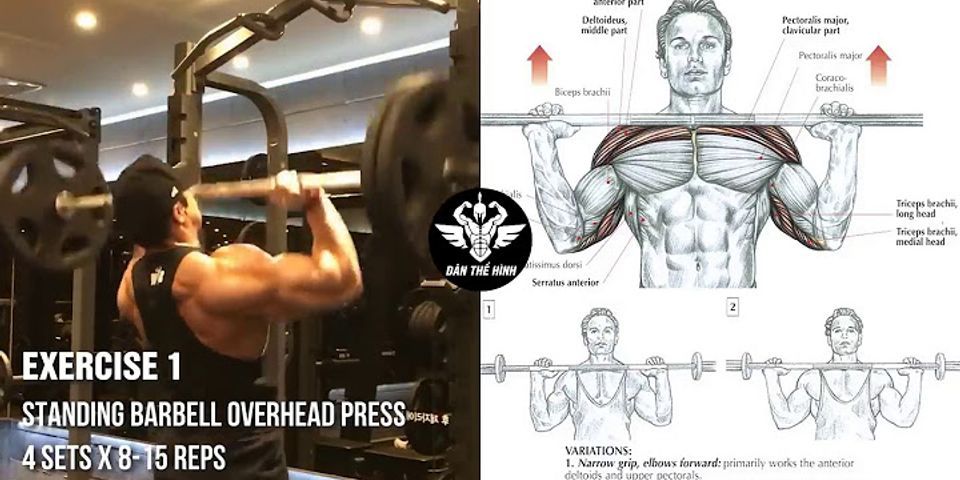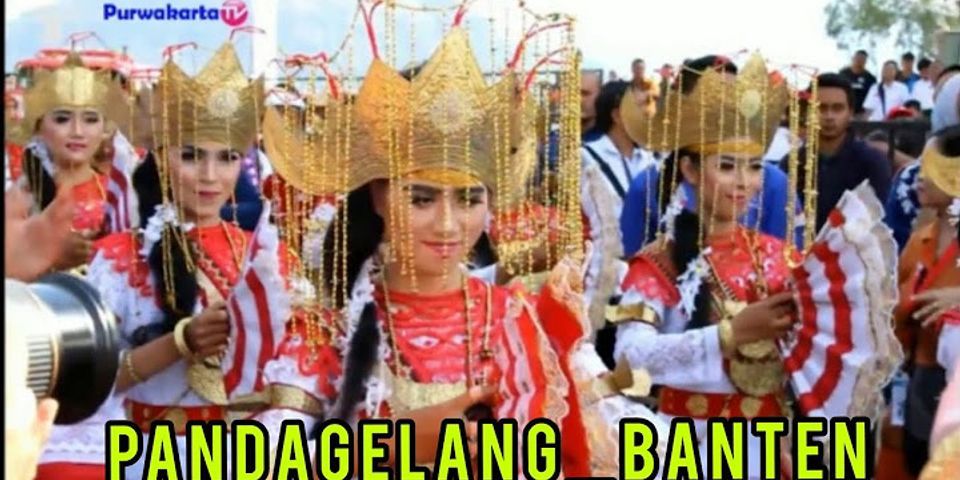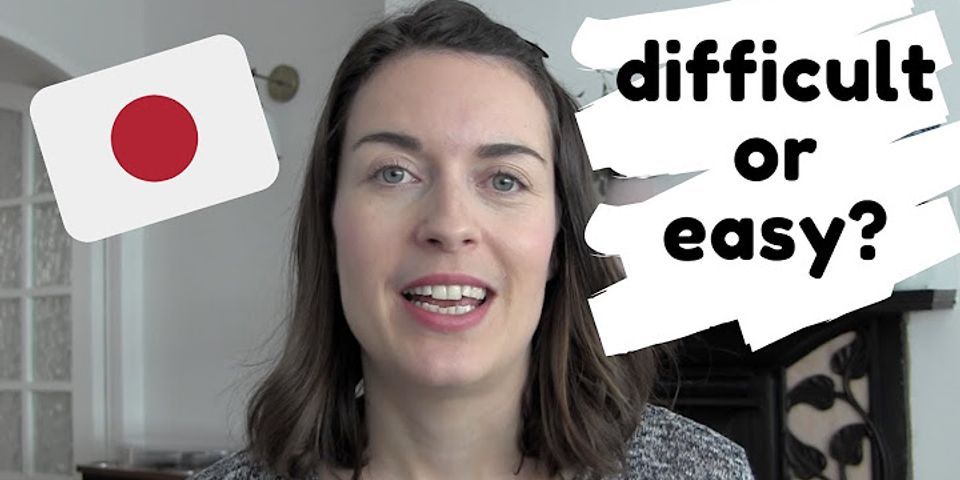How to Read MangaA lot of my friends who are just starting to get into things like anime and manga, often come upon a slight problem with the latter the problem is always the same - they just dont know how to read manga correctly. Now, these days a lot of manga translators/publishers just mirror the image so that you can read it as you would read any regular book - from left to right. But, some of my favorite manga publishers such as Del Ray Manga strictly refuse to flip the image as it isnt true to the original layout or art. Besides, learning how to read manga correctly will help you to understand Japanese culture just a little bit better. Anyways, enough preface, lets get you reading first Alright, when it comes to manga there are a couple of rules that I should point out from the beginning: 1. Right to Left Those are the basic rules that remain constant in every and all manga. Starting Off When laying the book down, try to keep the spine on the right and the leaf ends on the right. By leaf ends I mean the ends of the pages that you can see from the outside.  By leaf ends I mean the ends of the pages that you can see from the outside. These are leaf ends:  The correct side that you should start on is the side with the name of the author and the title, along with the edition. Since manga is always a series, if you are new to any series you should always start with the first edition.  Alright! Now lets get to the pages. Page setup varies a lot from author to author as much as it does from series to series. Some of them are rather clean, and others are just all over the place. Anyways, when it comes to reading manga, we have to keep the 2 most important rules in mind: 1. Right to Left If you simply remember that, I promise you it will help you so much its ridiculous. Panels Okay first, Im going to teach you about panels. Panels are those boxy things that hold a particular scene or part of a conversation. Panels are the paragraphs of manga. They outline a collective group ofdialogue, or pictures. They are generally squares, but can also be other shapes. The important thing to remember is that it consists of straight lines. Unlike cartoons such as Garfield where the boxes are clearly defined and go in one direction, manga is sometimes difficult, but once you learn, you dont forget.  As you can see, this one is definitely NOT manga at all, but it does have some similar features which we will be getting to in a little bit I have taken some scanned pages from Ouran High School Host Club and Strobe Edge to just give you a general idea of how youre supposed to read manga. Its labelled in number order so it should be pretty easy to understand. Try to keep in mind that manga reads from right to left, and up to down. Youll begin to see the pattern, and be able to recognize it yourself as time goes on.  This particular one outlines which panels come first. Usually they come in rows or columns which stick to the right to left rule. The rows or columns are then read from the up-most row/column to the lowest row/column. Look for the pattern. In the scan above, its easy to tell where the columns are, but thats not always the case for some mangas. Heres a more difficult to understand example:  I think you get the picture. Its actually quite basic in construction, but I figured I might as well stress the point anyway. Dialogue/Text Clumps The reason why I put a /Text Clumps is because those little groups of text arent always necessarily said out loud. Some of the more box-ish looking text boxes usually hold some sort of preface. The cloud-looking (or rounded rectangles) text boxes hold thoughts, and the round text boxes hold dialogue. Dialogue boxes usually dont have a definitive shape, but theyre easy to spot. Keep in mind that most authors have one shape for their different text boxes, but that their style of text boxes generally vary from author to author. Text clumps also follow the rules of right to left and up to down. If you understand the order of the panels, then youll understand the order of the text clumps. In fact, theyre pretty much the same, except that there are generally a lot more text clumps than panels.  Its pretty easy, isnt it? Well, this one probably is, considering that its done by an author who chooses to draw her art in a very clean way, but then you have authors who just have a lot to say like this:  I admit that its a bit confusing, but just remember the two rules (I emphasize this for a reason) and youll be fine. Exceptions There are two basic exceptions to the right to left, up to down rule and they are: 1. SFXs SFXs SFX refers to a sound that is emphasized in a manga. In English we use things such as drip, drip, drip or buzzzz for different sounds that we want to express through words. Basically a SFX =onomatopoeia. SFXs in manga are usually very important to help visualize a scene. It clues you in on what happened, or makes sort of a dramatic statement. It is generally put over an image in large Japanese characters. Under or near it there should be a little piece of text stating SFX: (sound translation). It looks like this if you still cannot visualize it:  The reason why it is an exception to the rule of right to left, up to down, is because that SFXs are generally supposed to be read either before or after you read the rest of the text clumps in the panel. If it crosses multiple panels, it is likely that you are supposed to read it while it portrays visualization, etc. It is usually up to you whether or not you want to read it first or last, but generally, it depends on what the sound is. If its someone bumping into something, it is generally read first. If its a slap after they say something rude - its last. The interpretation is up to you largely.  Overlapping Text Overlapping text refers to when there is text in a bubble which is joined by another bubble or text is sort of spilling off of the border of the bubble.  Though it can be left unread or ignored, and you can still get the main idea of what the character is trying to say, I still highly suggest reading the overlapping text as it usually helps portray the idea more clearly. Expression Indicators Since this is the last and easiest thing to explain, lets just run over the basic briefly  The X or Y Popping Vein: Expresses anger or annoyance.  Blushing: Can be expressed as lines across the facial area. Easy to interpret asembarrassment or a character having romantic feelings towards something/someone. Can also be used to express joy.  Sigh Bubble: Expresses exasperation or relief. Usually shown as a miniature empty dialogue bubble.  Sweat Drop: Can also be expressed by a U-shaped thing on their face or hair. Expresses embarrassment/exasperation/just feelings of being uncomfortable in the situation.  Question Marks: Obviously signifies either confusion or ignorance towards something.  Chibi: Used to express comedy or cuteness. Usually shown as a form of a character with a larger head and eyes, while being shorter and fatter.  Dark Aura/Facial Shadow: Usually shown as a black or purple floating blob in the background or a shadow cast upon the upper half of their face. It can signal anger, depression, annoyance, or jealousy.  Pentagons: I personally refer to them as the pentagons of love as they usually portray either romance or happiness. These can also be replaced by circles, hearts, or pretty much any light-colored floating thing that just randomly seems to appear in the background.  Nosebleeds: Signifies either embarrassment or sexual arousal. Usually very over-exaggerated.  Chibi Ghost Rising Out of a Characters Body: Dont worry, folks. 99% of the time youll find that your beloved character is not actually dead. Rather s/he probably just died of embarrassment or they are shocked to death. Like I am if you are reading this as part of your assigned reading for your college course. Well, theres a lot more to learn, but thats the basics! I will be adding more, especially to the expression indicators, as time goes by, but thats all for now! |

Pos Terkait
Periklanan
BERITA TERKINI
Toplist Popular
#2
#4
#6
#8
Periklanan
Terpopuler
Periklanan
Tentang Kami
Dukungan

Copyright © 2024 idkuu.com Inc.











